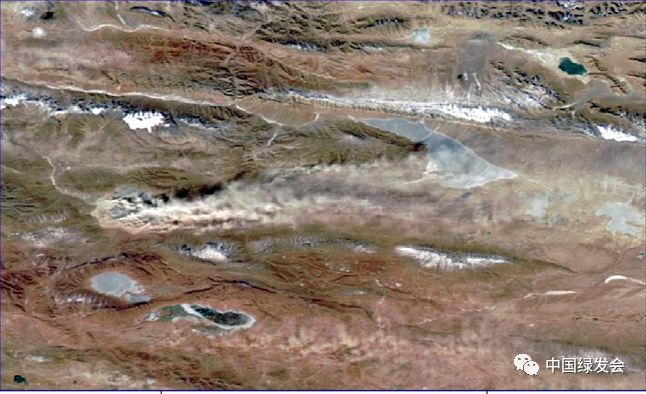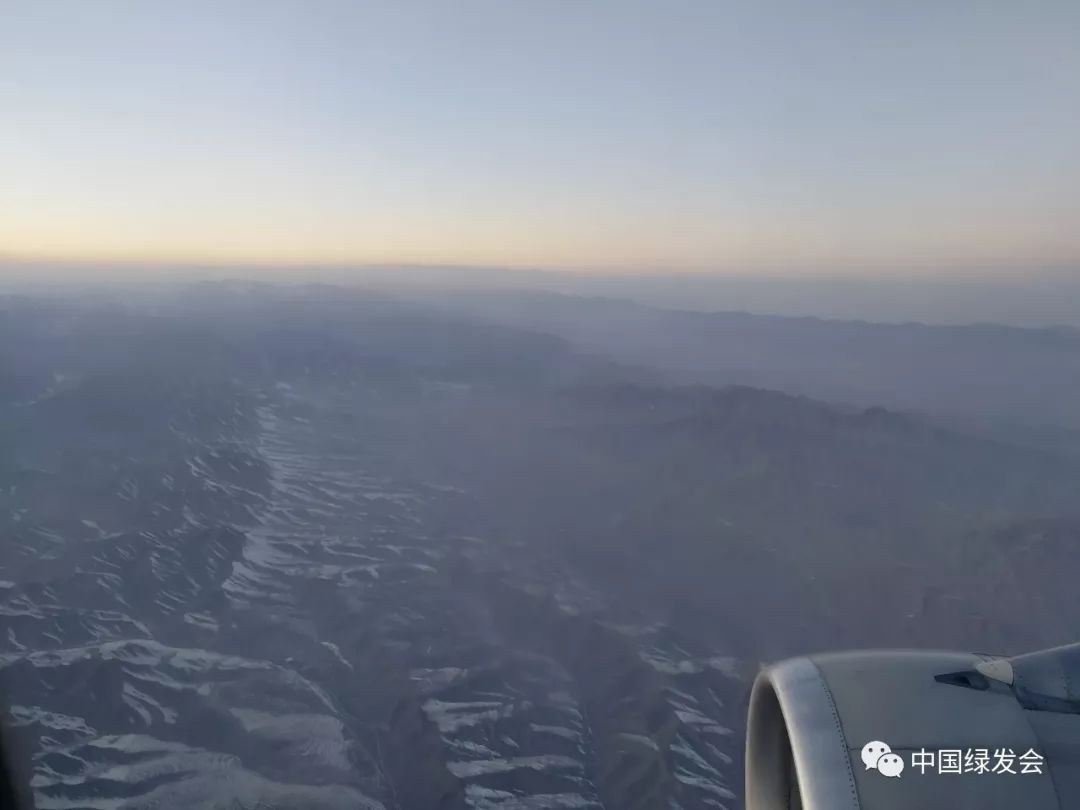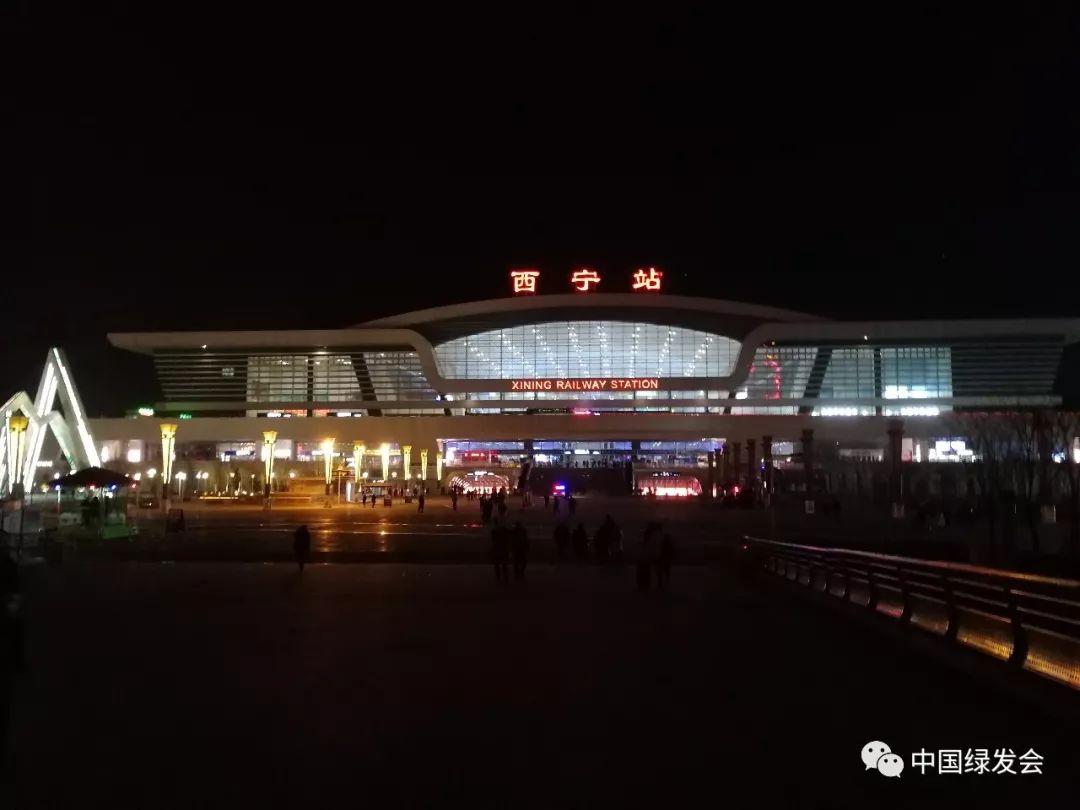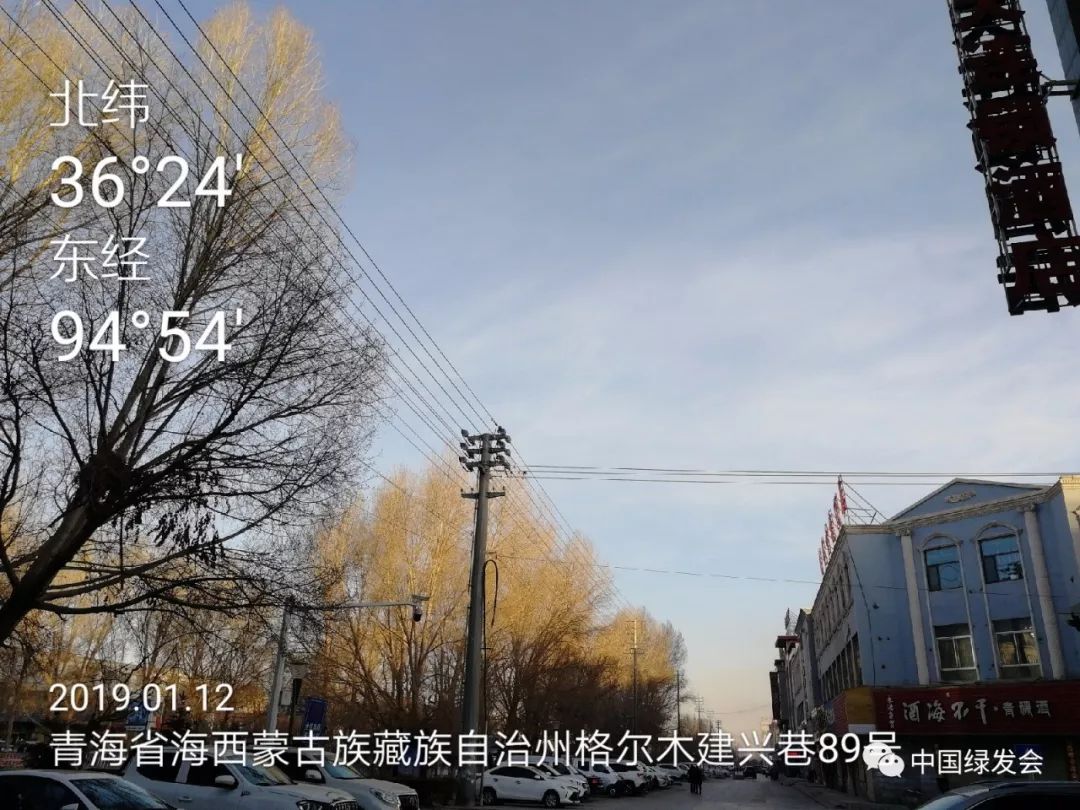Since the dam collapse accident in Zhuonai Lake in 2011, the rapid changes in the ecological environment of the Hoh Xil Zhuonai Lake Basin in the core area of Sanjiangyuan National Park have been affecting the researchers and the general public who have long been concerned about this area. On January 11, 2019, after a week of intense preparations, the third Zhuonai Lake expedition team formed by CBCGDF and the Aerospace Information Research Institute of Chinese Academy of Sciences set off on the Qinghai-Tibet Plateau in the cold winter winds.
This is the third time that the expedition team has conducted field visits in the Sanjiangyuan area since June 2018. This time the expedition will last for about 10 days.
“The main purpose of this scientific expedition is to further understand and investigate the impact of sandstorms in the dewatering area caused by the dam collapse accident and the sandstorms’ impact on the original area of the Tibetan antelope lambs, and a series of ecological and environmental issues caused by the continuously rising water level in the downstream salt lakes, and access to systematic and comprehensive observational data.” The head of the expedition team, Dr. Lu, from the Aerospace Information Research Institute of Chinese Academy of Sciences, said that in the specific work content, this expedition will go deep into the no-man’s land of Hoh Xil to collect sand dust samples from the Zhuonai Lake Basin, to lay out a sample of the overlay net for dust reduction, to determine the long-term observation points of vegetation covered by sand dust, and to extract the data of the thickness of sand dust accumulation on the surface of Zhuonai Lake, and to extract the data of lakeshore terrain of Zhuonai Lake and Salt Lake.
Zhuonai Lake is in the northern part of the hinterland of Hoh Xil in Qinghai and belongs to the core area of Sanjiangyuan National Park. It is the most famous lamb producing area of the Tibetan antelope on the Qinghai-Tibet Plateau. It is known by the world as the “large delivery room for Tibetan antelope”. Every spring, thousands of Tibetan antelopes come from Sanjiangyuan, Qiangtang and Hoh Xil, and gather on the shores of Zhuonai Lake to breed lambs. As for the reason why the Tibetan antelope came from afar, it has not been solved yet, which makes Zhuonai Lake a mysterious place.
However, in September 2011, after two months of continuous natural rainfall, Zhuonai Lake, which has an area of more than 150 square kilometers, has a peak area of 274.1 square kilometers, followed by a large area of dam collapse and lake overflow. The overflowing lake water was successively injected into the lower reaches of the lake including Lake Cousse, Lake Hadingor, and Salt Lake which with an average drop of more than 300 meters. According to the continuous observation by the Aerospace Information Research Institute of Chinese Academy of Sciences, since then, a large area of sandstorms on the lakeshore, degradation of grasslands, and continuous rise of lake water have appeared in the Zhuonai Lake Basin. In December 2018, relevant researchers conducted on-site monitoring and found that the lake surface area of Salt Lake in the downstream has increased by 3.4 times compared with when the dam collapsed in 2011, which directly threatened the Qinghai-Tibet Railway and highway.
“Dr. Lu conducted an in-depth analysis of the meteorological data of Sanjiangyuan over the past 20 years and found that this year is an extreme climate year. The annual average precipitation in the Hoh Xil area reached 479 mm, which is the maximum rainfall in the past 20 years; The sudden increase in dust storms in the Zhuonai Lake Basin, the impact of the Zhuonai Lake dam collapse on the Tibetan antelope, and the impact on the water quality of the Yangtze River source are all very worrying.” On the morning of January 11th, at the meeting before the third Zhuonai Lake expedition team set off, Dr. Zhou Jinfeng, the Secretary-General of CBCGDF repeatedly emphasized that in the context of global climate change, the warming and humidification trend of the Qinghai-Tibet Plateau has been obvious in the past decade. Research on regional ecological and environmental issues and possible interventions should be put on the agenda as soon as possible.
“The importance of the ecological environment in the Sanjiangyuan region is self-evident. We have repeatedly traveled to the plateau to conduct scientific research on the ground, just to find out the causes and trends of the changes in the ecological environment as much as possible, and it may bring huge phenomenon of ecological destruction, to take precautions, and to make adequate comprehensive plans in advance." Dr. Zhou appealed to all sectors of society to attach great importance to the ecological changes that are taking place in the Sanjiangyuan area and strive to gather more government, scientific research and the power of the public. Together, to protect the ecological environment of Sanjiangyuan and promote the ecological health and safety of “China's Water Tower”.

Provided by the Aerospace Information Research Institute of Chinese Academy of Sciences: December 21, 2011, sandstorm images of Zhuonai Lake and downstream areas (MODIS AQUA)





(Photo credit: CBCGDF)
Original Chinese article:
http://www.cbcgdf.org/NewsShow/4854/7313.html
